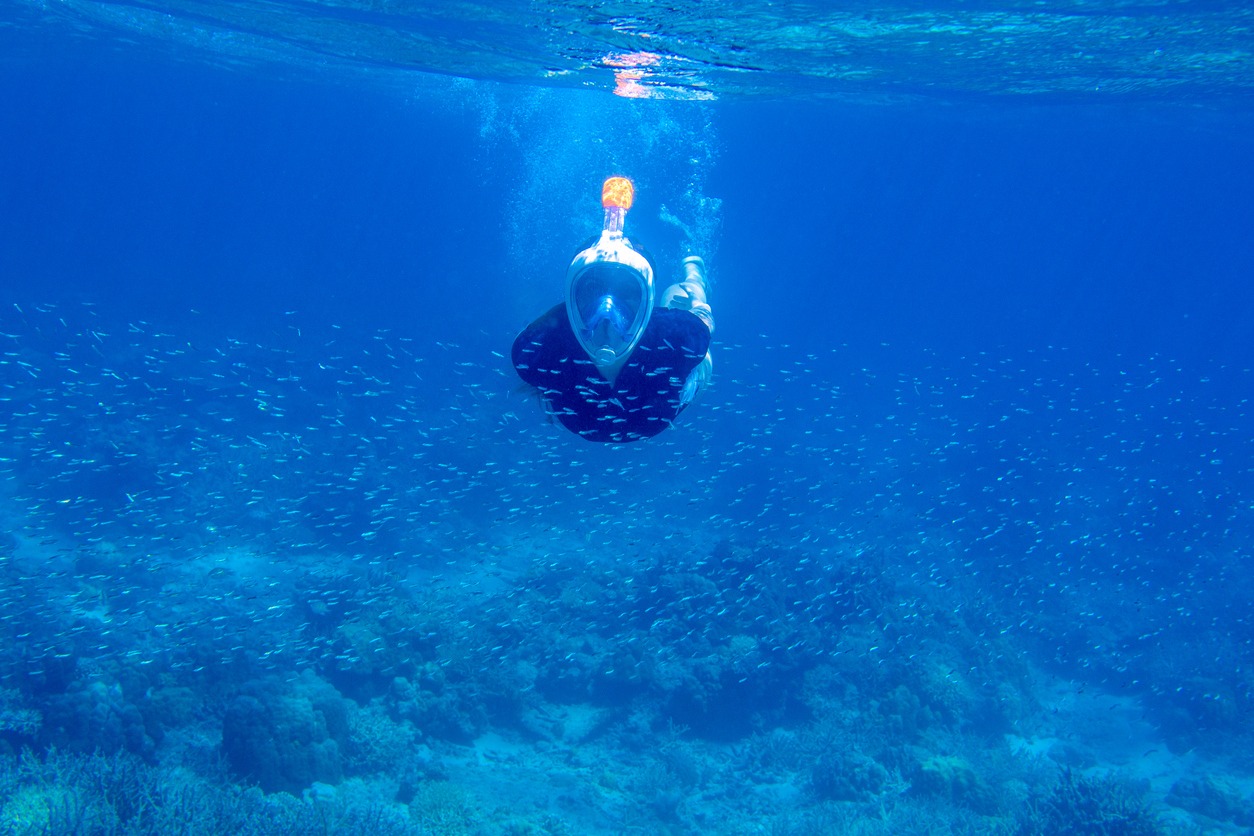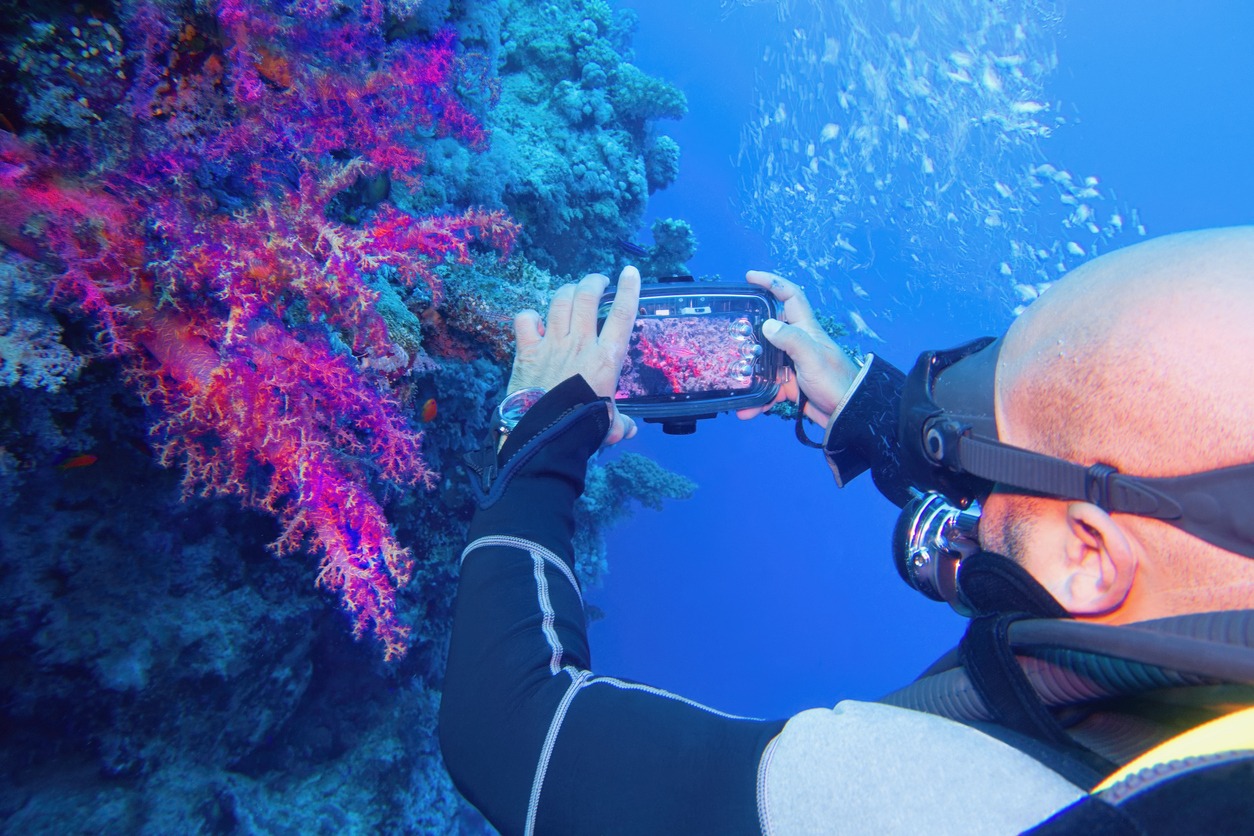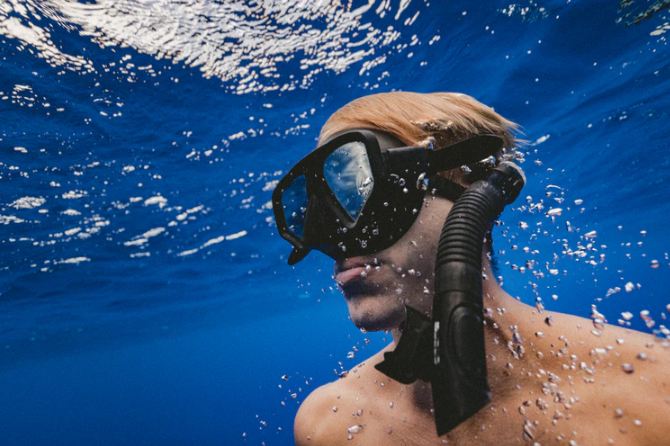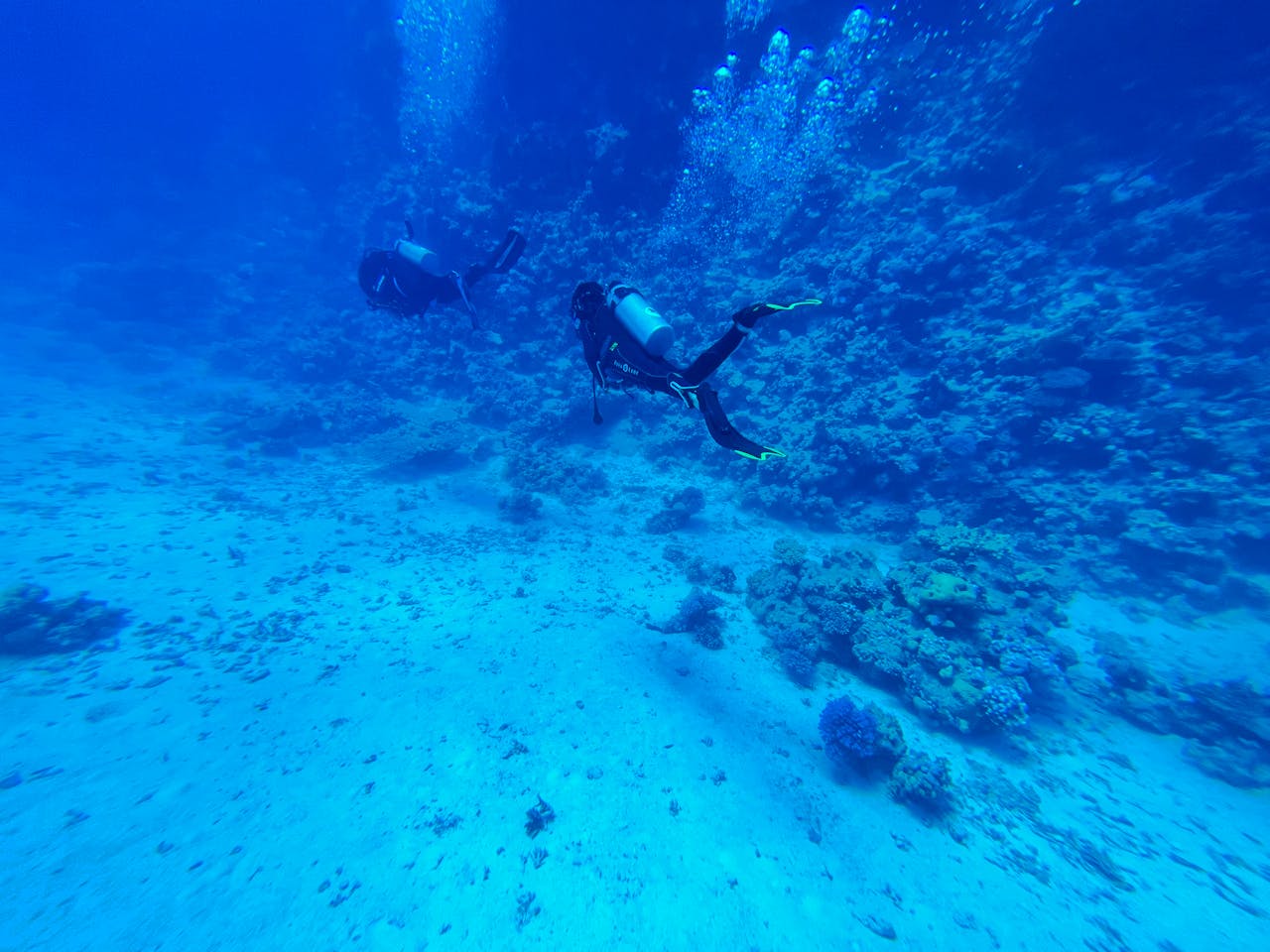Tips for Picking the Best Snorkeling Mask
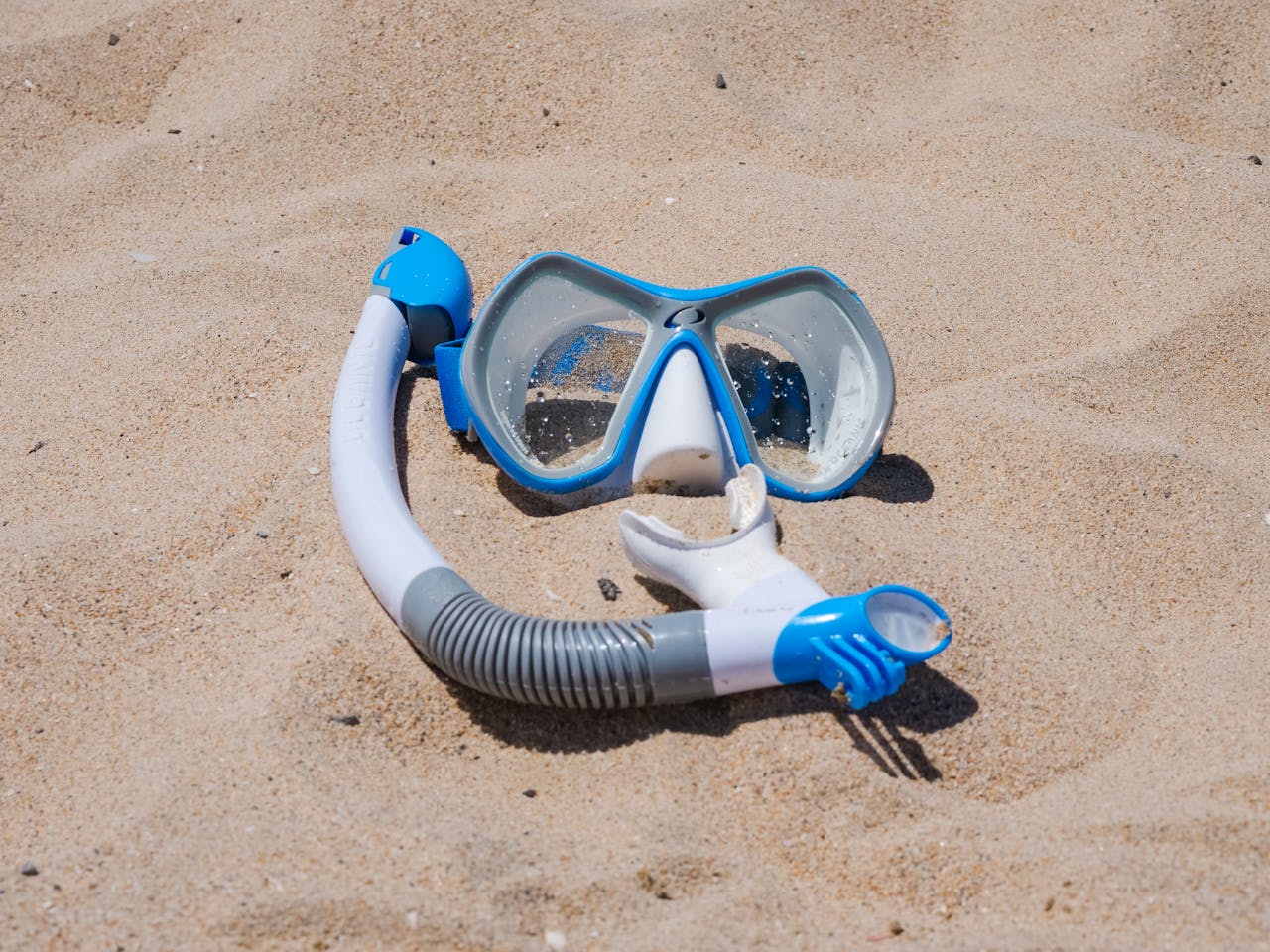
To pick the best snorkeling mask, start by understanding your face shape. Measure your eye width and nose bridge for a proper fit. Look for masks with tempered glass lenses and silicone skirts for clarity and comfort. Consider lens design options like panoramic or wide-angle for better visibility. Test the seal by gently inhaling without the strap, then adjust for a snug fit. Evaluate additional features based on your experience level and intended use. Don't prioritize aesthetics over functionality. Remember, the right mask should feel comfortable and provide a clear, leak-free view of the underwater realm. There's more to investigate beneath the surface of mask selection.
Understand Face Shape Importance
When it comes to choosing the perfect snorkeling mask, understanding your face shape is essential. Snorkeling masks come in three main shapes: oval, round, and narrow. Knowing which category your face falls into will help you find the right mask that fits comfortably and securely. Today's snorkeling masks are much better than what was available in the past, with innovations from startups and smaller companies accelerating the development of high-quality gear.
If you have an oval-shaped face, you're in luck. Most mask styles will work well for you, giving you a wide range of options to choose from. However, if your face is round, you'll need a broader mask to accommodate your features. On the other hand, those with narrow faces should opt for a more streamlined, smaller mask to guarantee the best fit.
To find the right size, measure the distance between your eyes and from your nose bridge to the outer edge of your eyes. This will guide you in selecting a mask that fits your unique facial structure. When trying on different masks, pay attention to the silicone skirt. It should mold comfortably to your face, creating an airtight seal without leaving marks or allowing water to enter. Before making your final decision, hold the mask to your face without strapping it on to check for a suction fit and confirm there are no leaks.
Measure for Proper Fit
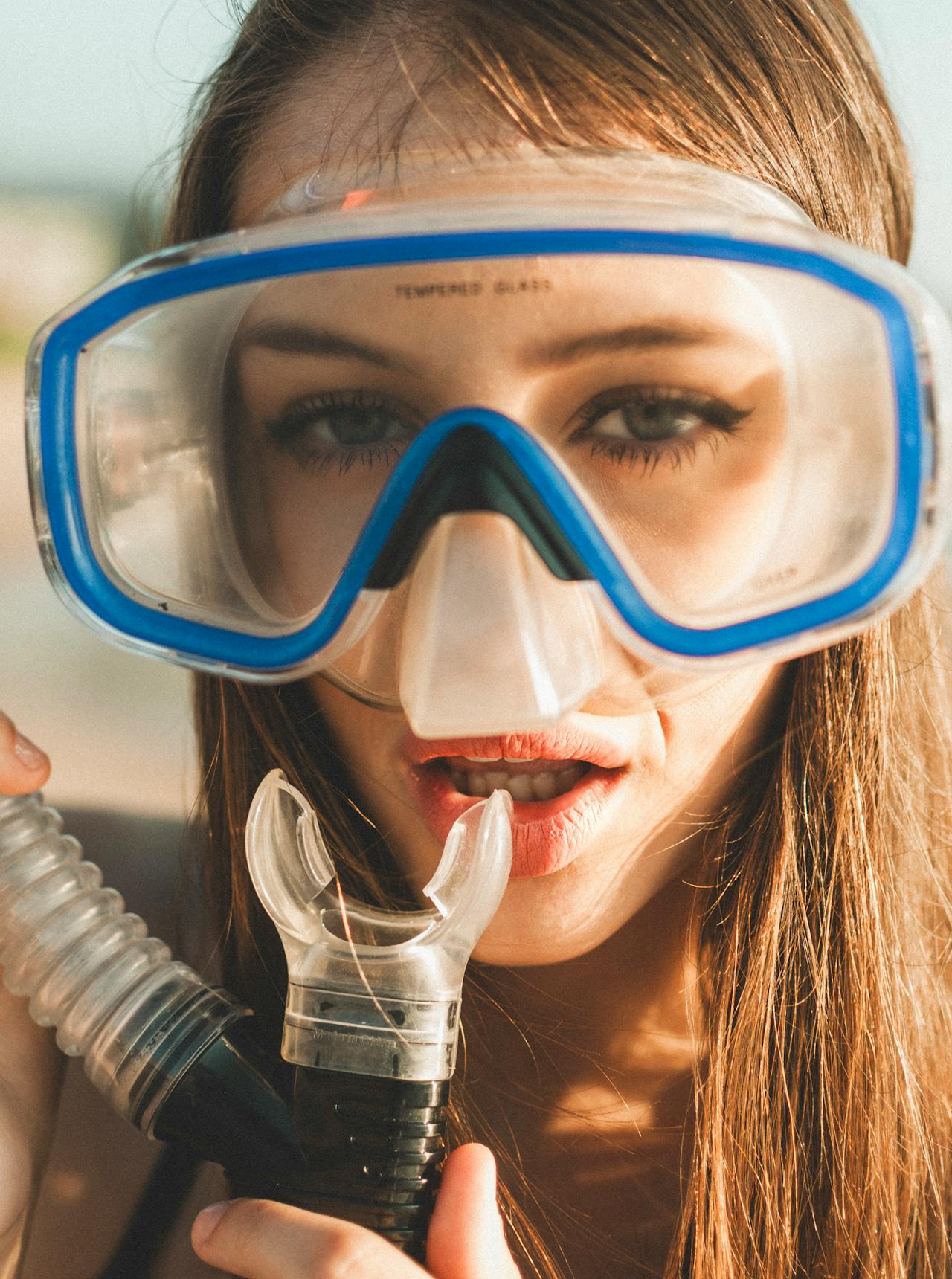
Your snorkeling mask's fit is crucial for a comfortable and leak-free underwater experience. To guarantee you get the right size, start by measuring the distance between your eyes. This measurement will help you determine the ideal lens width for your mask. Once you've found a mask that matches your eye width, it's time to check the fit.
Hold the mask against your face without the strap and inhale gently. If you feel a secure seal without any air leaks, you're on the right track. Pay attention to how the silicone skirt conforms to your face's contours. It should create a comfortable and watertight seal. One lens mask with nose pocket for unobstructed forward view can also be a good option for a comfortable fit.
Next, adjust the strap to achieve a snug fit that doesn't leave marks on your face. Remember, too tight can be just as problematic as too loose. Consider your face shape when selecting a mask, as different shapes (oval, round, or narrow) may require different mask designs for ideal fit and field of vision.
Eye width determines ideal lens size
Check for air leaks without the strap
Ensure the skirt conforms to facial contours
Adjust strap for comfort and security
Match mask shape to your face shape
Evaluate Mask Materials
Once you've found a mask that fits well, it's time to reflect on the materials used in its construction. To find the perfect snorkel masks for your underwater journeys, focus on high-quality components that'll enhance your experience and make your equipment last longer.
Look for masks with tempered glass lenses, which offer superior clarity and scratch resistance compared to plastic alternatives. This'll help you enjoy clear views of the underwater world. When evaluating the mask skirt, opt for silicone as it molds comfortably to your face, creating a watertight seal that's essential for a mask that fits properly. Silicone is more flexible and durable than rubber, ensuring a better experience.
For the frame, polycarbonate is an excellent choice. It's lightweight, shatter-resistant, and won't corrode in saltwater. Don't forget to check the straps – they should be adjustable and made of high-quality materials like neoprene or elastic to maintain a secure fit. Whether you're considering a traditional or full face mask, avoid those with low-quality materials that may deteriorate quickly or fail to provide a reliable seal, as they'll compromise your snorkeling journey.
Consider Lens Design Options
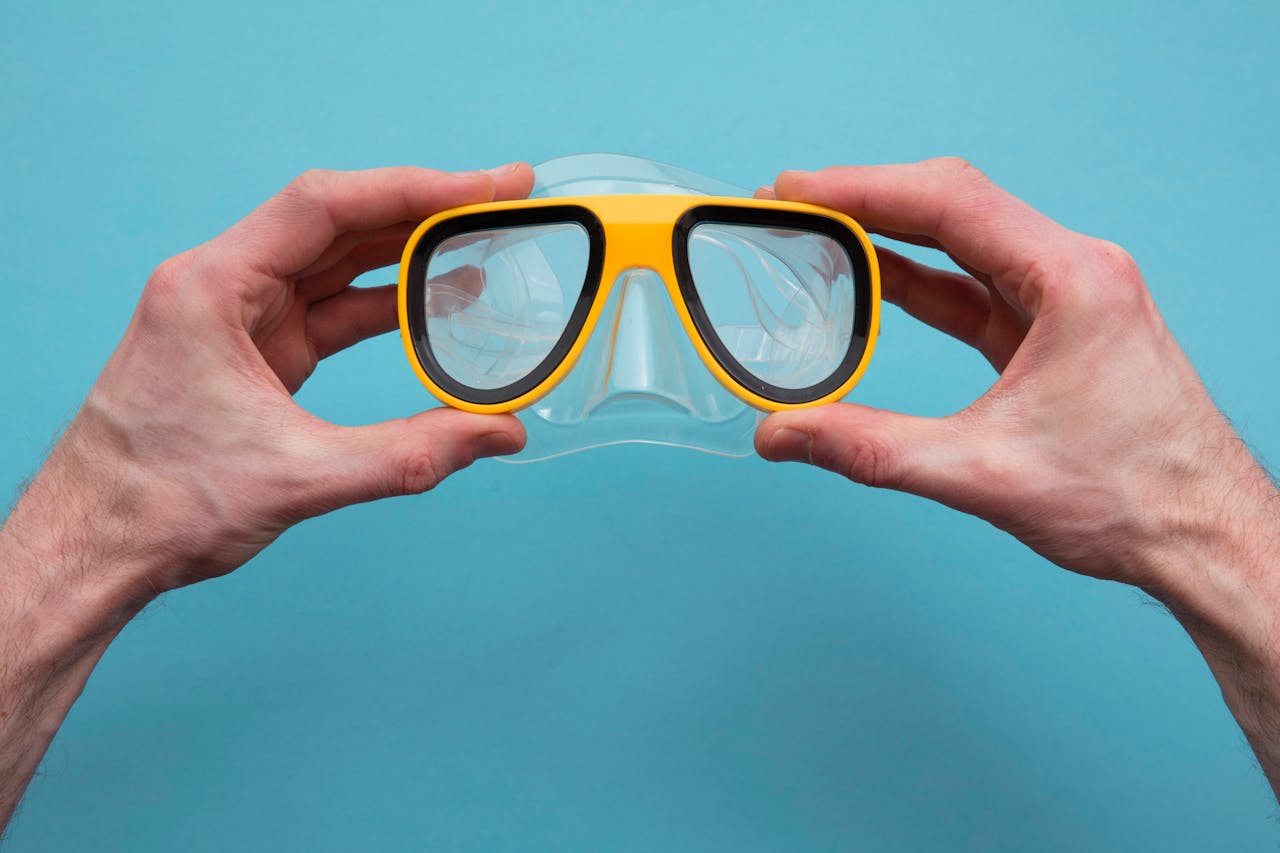
The lens design of your snorkeling mask can make or break your underwater experience. When evaluating lens options, tempered glass lenses are your best bet for superior optical clarity and scratch resistance. If you're looking for a broader field of vision, opt for panoramic or wide-angle lens designs. They'll enhance your underwater exploration by providing a more immersive view.
Single-lens masks typically offer a wider field of view, making them ideal for most snorkelers. However, if you need prescription lenses, dual-lens masks are more accommodating. Don't forget to consider anti-reflective coatings on the lenses, as they can drastically reduce glare and improve contrast underwater.
Pay attention to lens thickness and curvature, as they affect depth perception and underwater distortion. Choose based on your intended use:
- Thinner lenses for casual snorkeling
- Thicker lenses for deeper forays
- Flatter lenses for reduced distortion
- Curved lenses for a wider field of vision
- Specialized lenses for specific underwater activities
Test Seal and Comfort
Comfort is paramount when selecting a snorkeling mask, and a proper seal is essential for an enjoyable underwater experience. To guarantee a comfortable fit, start by placing the mask on your face without the strap. Inhale gently through your nose; if the mask stays in place, you've got a good initial seal. Pay attention to how the silicone skirt feels against your skin and check for any gaps around your nose or cheeks.
Next, adjust the strap to secure the mask. It should fit snugly but not so tight that it causes discomfort. The mask should sit comfortably on your face without pressure points. Remember, as you submerge deeper, pressure increases, so a mask that feels fine at the surface may become uncomfortable underwater.
To test the seal thoroughly, put the mask on and look up, down, and side to side. If you notice any leaks or discomfort, try a different size or style. Your face shape plays a pivotal role in finding the perfect fit. Don't hesitate to try multiple masks until you find one that fits perfectly and provides a reliable seal.
Assess Additional Features
After ensuring a comfortable fit and proper seal, it's time to ponder the additional features that can enhance your snorkeling experience. Look for masks with tempered glass lenses, which offer superior optical clarity and durability compared to plastic alternatives. Consider a mask with a purge valve, allowing you to easily clear water without removing it. Anti-fog coatings or inserts are vital for maintaining clear underwater visibility throughout your snorkeling quest.
Choose a mask with adjustable straps and a comfortable silicone skirt to achieve a secure, leak-free fit that adapts to your face shape. Some masks offer specialized features like integrated prescription lenses or built-in communication systems, which may be worth exploring based on your specific needs.
When evaluating additional features, keep these key points in mind:
- Prioritize functionality over aesthetics
- Consider your experience level and intended use
- Balance cost with the value of added features
- Evaluate the impact on overall comfort and performance
- Research user reviews for real-world perspectives

